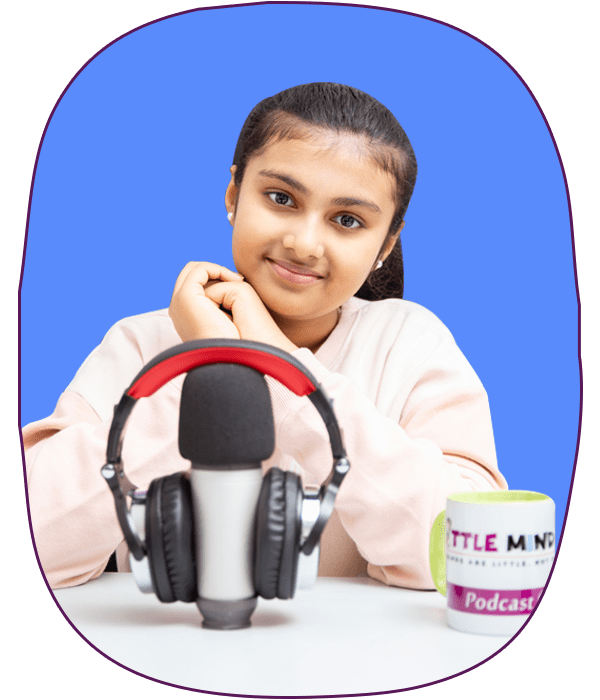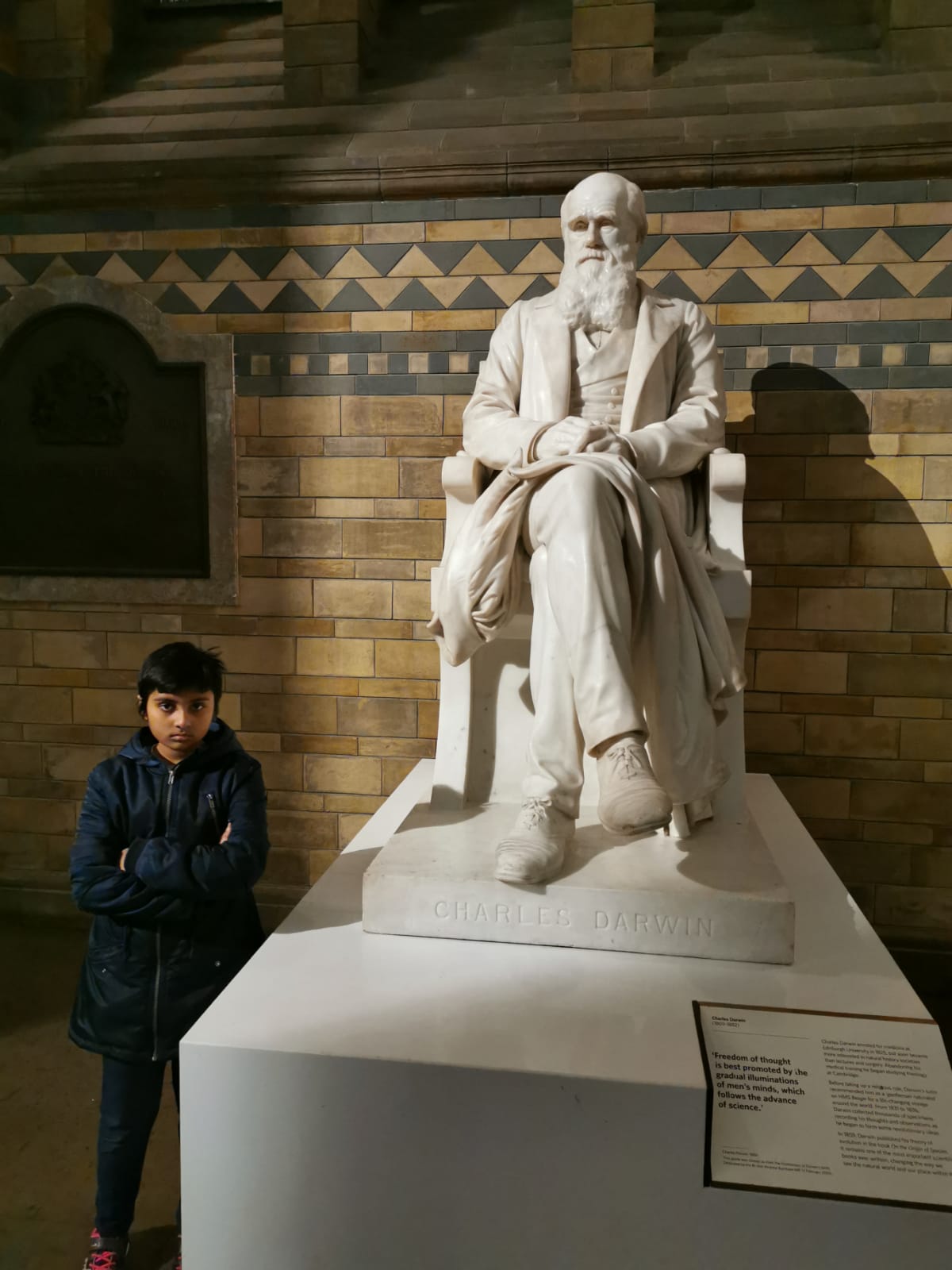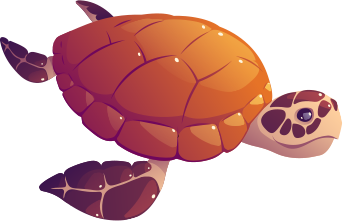
Transcripts
EPISODE-041 CURRENT NEWS FOR KIDS-15
[0.01] {Background Music}
[0.08] Siyona: Hello All, welcome back to my podcast Little Mind Chats. Minds are little, not our thoughts. I’m your host Siyona. Hope you are all having a lovely week.
[0.19] Let’s dive into our fortnightly news by starting with. Of course, some Covid news.
[0.25] Number of cases across the world has reached over 72 million. But many countries have started their vaccination drive. Countries like the UK and Russia have started vaccinating their citizens. And Israel plans to start it right after Christmas. India is likely to start vaccinating its population sometime in January.
[0.52] UK and Russian scientists are teaming up to try a combination of the Oxford-AstraZeneca and Sputnik V vaccines to see if protection against Covid-19 can be improved.
[1.07] AstraZeneca said it was exploring combinations of different adenovirus vaccines to find out whether mixing them leads to a better immune response and, therefore, greater protection.
Click on the link below for more information on this news:
https://www.bbc.com/news/health-55273907
https://www.bbc.com/news/world-us-canada-55289726
[1.23] Bangladesh Begins Moving Rohingya to Remote Island.
[1.28] Over a week back, the government of Bangladesh began moving Rohingya refugees to a remote island called Bhashan Char.
[1.39] What does a refugee mean? Who are Rohingya Refugees?
[1.44] A person who has escaped from their own country for political, religious, or economic reasons or because of a war is called a refugee.
[1.57] Rohingya refugees are people who originally lived in Myanmar. In 2017, nearly a million Rohingyas left Myanmar and reached Bangladesh as refugees due to the social unrest against them in Myanmar.
[2.15] Bangladesh was kind enough to accept them in, but not being a rich country itself, could not promise the best of facilities for these Refugees.
[2.26] Now the Bangladesh government spent nearly $350 million dollars and is acting on a plan they have been talking about for years – moving thousands of these refugees to a remote island in the Bay of Bengal called Bhashan Char.
[2.47] Twenty years ago, the island didn’t exist. It’s made from the mud that has collected there and often gets flooded during the monsoon season.
[2.59] Bangladesh Government claims to have made the island secure to protect it from floods, apart from creating living spaces, hospitals and mosques for the refugees. I think that’s really kind of Bangladesh.
Click on the link below for more information on this news:
https://newsforkids.net/articles/2020/12/07/bangladesh-begins-moving-rohingya-to-remote-island/
[3.16] India is seeing its share of Protests. But, it’s by farmers.
[3.23] Tens of thousands of farmers have been protesting across for over two weeks, hoping to force the government to drop new laws that were passed in September.
[3.34] But why are these laws upsetting the farmers?
[3.37] In the past, Indian farmers sold their crops to the government for prices that were set ahead of time, known as the “Minimum Support Price” (MSP). But the new law will allow farmers to sell to private companies. And that is a big change.
[3.57] The government says the change will give farmers more freedom and let them earn more money. The farmers worry that without government support, private companies will pay them far less.
[4.11] The Government leaders have met with leaders from farmers groups at least six times. I really hope they can settle this very soon.
Click on the link below for more information on this news:
https://newsforkids.net/articles/2020/12/10/protests-by-farmers-spread-across-india/
[4.23] I’m sure we’ve all learnt of Mount Everest being the tallest mountain on earth. But guess what?
[4.30] Mount Everest is Now Officially Taller
[4.34] Mount Everest is located between Nepal and Tibet, which is part of China. The peak is famous around the world, and attracts many mountain climbers every year. There are two main ways that people climb the mountain. One begins in Nepal, the other in China.
[4.56] The foreign ministers of China and Nepal pressed buttons at the same time, revealing the new height: 29,031.7 feet (8,848.86 meters). That’s about 2 feet, 10 inches (86 centimetres) taller than the old height.
[5.16] But where did Mount Everest get its name and when was it first measured?
[5.22] Sir George Everest, after whom the mountain is named, was the main surveyor of India in the mid-1800s. Radhanath Sikdar, an Indian mathematician who worked with Mr. Everest, was the first to realize it was the tallest mountain in the world. Mr Radhanath Sikdar, made very complex mathematical calculations and arrived at the height as being exactly 29,000 feet. Imagine doing all that mathematics with no computers in those days!
[6.00] Moving on to some space news, there are a couple of samples returning to earth in the past few weeks.
Click on the link below for more information on this news:
https://newsforkids.net/articles/2020/12/11/mount-everest-is-now-officially-taller/
[6.09] Hayabusa2 Returns Asteroid Samples to Earth
[6.14] In my news episode on May 3rd, if you remember, I read a news about Japan sending a probe to learn about the asteroid Ryugu that was passing as close as 195 million miles near earth.
[6.32] On Saturday, Japan’s Hayabusa2 space probe dropped off a capsule holding two samples from that very asteroid. The capsule fell to Earth in Australia, where it was quickly recovered. It’s only the second time asteroid samples have been brought back to Earth.
[6.54] As the capsule fell to Earth, it briefly turned into a bright fireball. As it got closer to Earth, a parachute slowed the capsule so it could hit the ground safely.
[7.08] Japan’s space agency, JAXA, used the capsule’s special radio signal to track it to its landing spot. In about two and a half hours, the capsule had been located and collected by helicopter.
[7.24] Scientists hope the samples will tell them more about the beginning of the solar system and perhaps even the beginning of life. How interesting!
Click on the link below for more information on this news:
https://newsforkids.net/articles/2020/12/06/news-roundup-asteroid-samples-moon-samples-monolith-mysteries/
[7.36] At the same time, Chang’e 5 Returning to Earth with Moon Samples
[7.41] In Episode 38, we discussed about China sending a mission Chang’e to bring back some fresh samples back to earth. And guess what? It is now successfully returning back to earth with some moon samples!
[7.59] The lander collected lunar soil and rock samples from the surface, as well as drilling down two meters into the moon to collect other samples. These samples should be quite different from the earlier samples, since they were collected in a different place and in a different way.
[8.19] If the mission succeeds, China will become the third country to bring back lunar samples.
Click on the link below for more information on this news:
https://newsforkids.net/articles/2020/12/06/news-roundup-asteroid-samples-moon-samples-monolith-mysteries/
[8.27] Loss of Amazon Rainforest Highest in 12 Years.
[8.32] The Amazon is sometimes called the “lungs of the planet”. Amazon rainforest has been lost in the last one year, more than in any of the previous 12 years. Last year was a terrible year for Brazil’s Amazon rainforest. The loss is measured by comparing satellite pictures of the rainforest from different years.
[8.56] Unfortunately, the year before that too, there was a huge loss of rainforest – both on purpose and because of wildfires.
[9.07] Mr. Bolsonaro, the president of Brazil believes that the Amazon is a great resource for businesses. It is said that he has encouraged mining and farming the Amazon, saying the money from these activities will help people in the area. He has also cut protections for the rainforest. This has allowed people and businesses to get away with destroying large areas illegally.
[9.38] But why is the Amazon Rainforest important for rest of the world?
[9.43] The Amazon is sometimes called the “lungs of the planet”. That’s because trees, like most plants, use carbon dioxide as food, giving off oxygen, which humans breathe.
[9.56] Cutting down huge areas of forests is one thing that’s made the climate crisis worse. But cutting down the rainforest is a special problem that makes it extremely important in the fight against global warming, since carbon dioxide makes global warming worse, the loss carries serious climate effects for the rest of the world.
Click on the link below for more information on this news:
https://newsforkids.net/articles/2020/12/02/loss-of-amazon-rainforest-highest-in-12-years/
[10.22] World has done almost nothing in Five years after the Paris Deal.
[10.27] With the COVID-19 pandemic having disrupted plans to hold the annual international UN climate meeting – known as the COP a “landmark global event” was held on 12 December, the fifth anniversary of the 2015 Paris Climate Agreement.
[10.47] On December 12, 2015, 196 of the world’s countries agreed to sign the “Paris Agreement”, promising to work together to slow global heating. This Agreement set goals for countries to cut pollution and replace fossil fuels with energy that doesn’t pollute, like solar, wind, and water power. The aim was to keep global heating below 2ºC, and if possible, below 1.5ºC. The hotter the world gets, the harder it is to slow the warming pattern.
[11.27] The world’s richest countries are also generally the ones that pollute the most. The people, businesses, and leaders in these countries will need to make some tough choices to help bring climate change under control.
Click on the link below for more information on this news:
https://newsforkids.net/articles/2020/12/14/five-years-after-paris-deal-world-waits-for-action/
[11.44] The world has kept producing more and more fossil fuels. And even though emissions dropped slightly this year as factories closed because of the coronavirus pandemic, overall, emissions are still rising.
[12.00] But not all is bad. Here’s a reason for us to feel proud as Indians. Our Prime Minister Mr Narendra Modi said that India isn’t just on-track to achieve its Paris Agreement targets, but will exceed them beyond expectations. That makes India one rare country. Though we have 1/5th the population of earth, we contribute just about 7% of the world’s Carbon emissions. In comparison, China is the largest contributor at 28% Carbon dioxide emissions.
Click on the link below for more information on this news:
https://www.ucsusa.org/resources/each-countrys-share-co2-emissions
https://www.bbc.com/news/science-environment-55276769
[12.44] Here’s the inspirational story of a kid like you and me. Gitanjali Rao.
[12.49] Time Magazine Names Gitanjali Rao as the First ‘Kid of the Year’
[12.56] Time magazine announced that 15-year-old scientist Gitanjali Rao was its Kid of the Year for 2020. Gitanjali was chosen from over 5,000 young leaders for her scientific work and for inspiring others to also create change.
[13.17] Time magazine has long been famous for its “Person of the Year”, which highlights someone who really made a difference during the year. Last year, climate striker Greta Thunberg became the first person under 25 to be chosen as Time’s Person of the Year.
[13.38] When Gitanjali was 11, she invented a system for testing drinking water for lead. Lead is a dangerous metal that’s sometimes found in drinking water, especially in places with older pipes. The invention earned her the title of America’s ‘Top Young Scientist’ in the Discovery Education 3M Young Scientist Challenge.
[14.04] I request you to please do watch her TED talks. It’s very inspiring.
Click on the link below for more information on this news:
https://newsforkids.net/articles/2020/12/08/time-names-gitanjali-rao-first-kid-of-the-year/
[14.10] That brings us to the end of this news episode. I really hope you enjoyed and even learnt something new.
[14.17] If you are unaware of this month’s competition, its Cooking without Fire. Make it without Fire or Heat, send me a pic before you Eat. I’ve started trying out a few things myself! Believe me, it’s fun. And you also stand a chance to win something.
[14.37] Please do send it your entries and comments to siyona@littlemindchats.com. Do not forget to follow me on Instagram, Facebook and LinkedIn. Do visit my website to listen to all of your favourite episodes.
[14.52] Thanks a ton for listening. Bye!










